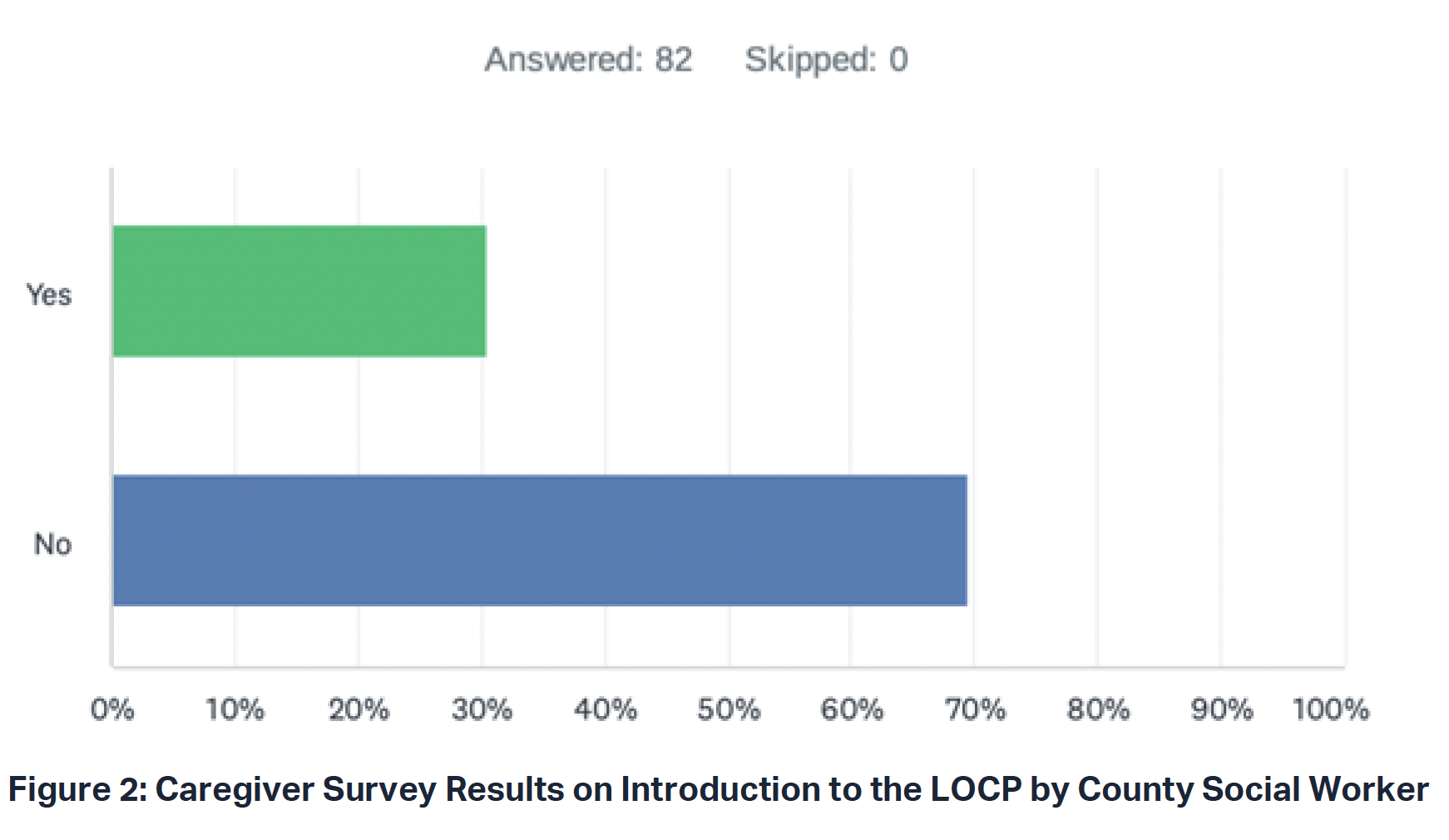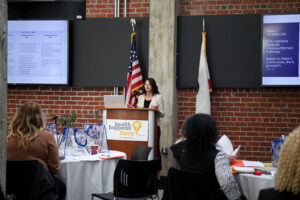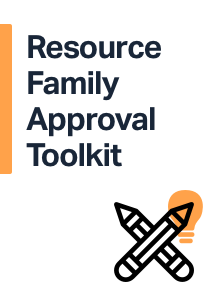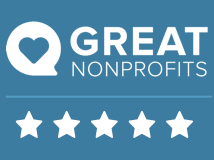The Alliance for Children’s Rights conducted a voluntary, online survey of caregivers across California in resource families in May and June of 2023. This survey was designed to gather caregiver input as CDSS works on developing an updated HBFC rate structure.
This survey, which focused on obtaining insights into the rate received by the respondents and identifying potential barriers and gaps in funding information and coverage, is intended as a tool to ensure that caregiver perspectives are considered during the revision of the rate structure.
Furthermore, this survey aims to address the importance of caregiver engagement and their firsthand experiences to shape a revised rate structure that better meets the needs of children and youth in foster care and resource families across California. By seeking caregiver input, the Alliance for Children’s Rights aims to assist in the creation of a more inclusive and comprehensive rate structure that addresses the challenges faced by caregivers and supports the well-being and stability of youth in foster care.
Eighty-two current and recent caregivers of youth in foster care participated in the survey. To summarize financial support of the respondents, a considerable proportion of respondents receive the Basic rate (39.74%), while smaller percentages receive LOC 2 (11.54%), LOC 3 (5.13%), LOC 4 (7.69%) and ISFC (5.13%).
It is noteworthy that 30.77% of respondents reported having multiple young people with varying rates within a single household (Figure 1). These findings highlight the diverse range of care arrangements and the need for tailored support within the foster care system.
Q1: Please indicate the monthly rate(s) you are receiving for each child in your care regardless of whether the LOCP was conducted for them:

The survey provides a better understanding of caregiver perspectives and awareness on the level of care protocol. For example, a question about whether or not caregivers had a conversation with their county social worker about the protocol, findings showed that a majority of respondents had not.

The responses to this question underscore the heightened importance of providing comprehensive explanations to caregivers, as a significant majority report they did not receive an introduction or clarification regarding the LOCP. This emphasizes the necessity to address this gap in communication and ensure that caregivers are well-informed about the assessment criteria.









